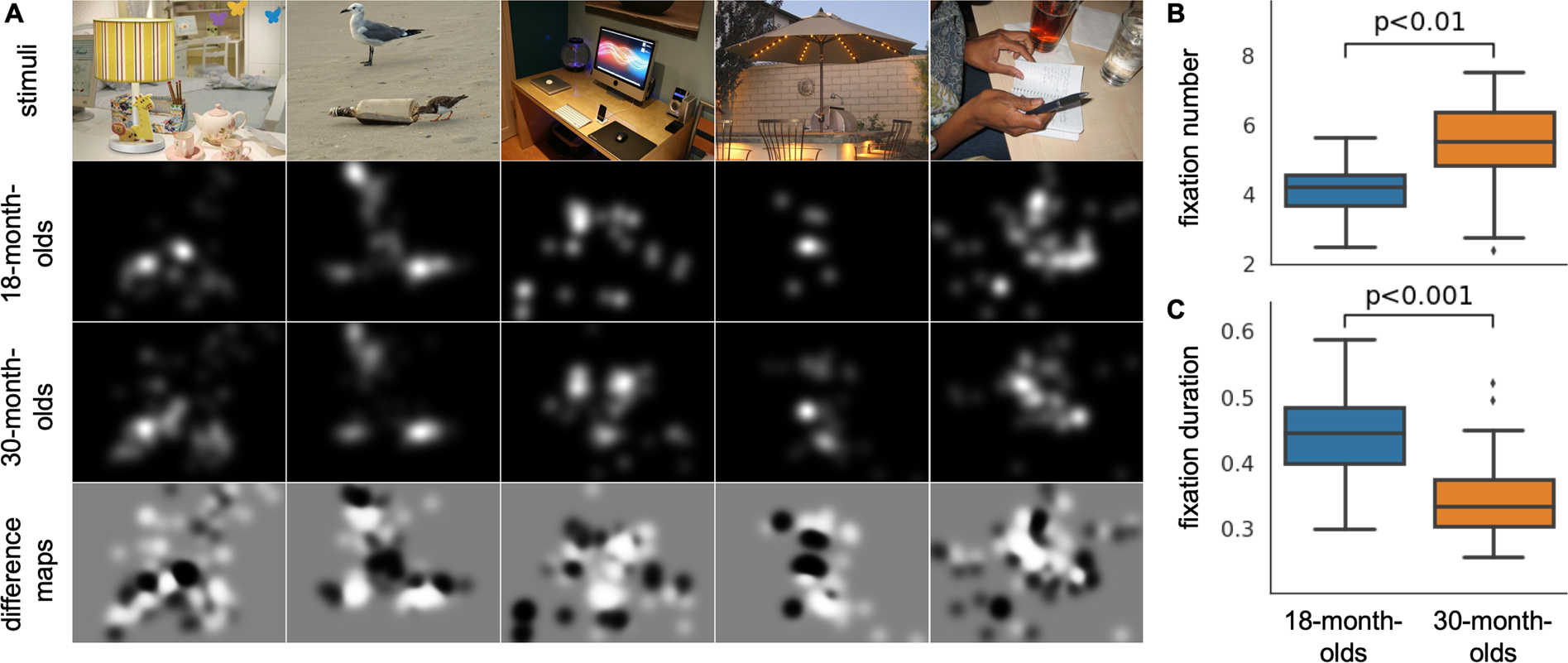

This is an open access article distributed under the terms of the Creative Commons Attribution License, which permits unrestricted use, distribution, and reproduction in any medium, provided the original author and source are credited.ĭata Availability: All relevant data are contained within the paper, the supporting information file, and the stable public repository Figshare. Received: JAccepted: OctoPublished: December 9, 2016Ĭopyright: © 2016 Nilsson Benfatto et al. PLoS ONE 11(12):Įditor: Markus Lappe, University of Muenster, GERMANY Although dyslexia is fundamentally a language-based learning disability, our results suggest that eye movements in reading can be highly predictive of individual reading ability and that eye tracking can be an efficient means to identify children at risk of long-term reading difficulties.Ĭitation: Nilsson Benfatto M, Öqvist Seimyr G, Ygge J, Pansell T, Rydberg A, Jacobson C (2016) Screening for Dyslexia Using Eye Tracking during Reading. Using predictive modeling and statistical resampling techniques, we develop classification models from eye tracking records less than one minute in duration and show that the models are able to differentiate high-risk subjects from low-risk subjects with high accuracy. These subjects were selected from a larger population of 2165 school children attending second grade. Our study is based on a sample of 97 high-risk subjects with early identified word decoding difficulties and a control group of 88 low-risk subjects. In contrast to current screening methods, which rely on oral or written tests, eye tracking does not depend on the subject to produce some overt verbal response and thus provides a natural means to objectively assess the reading process as it unfolds in real-time.

Here we show that it is possible to identify 9–10 year old individuals at risk of persistent reading difficulties by using eye tracking during reading to probe the processes that underlie reading ability. Although it is generally agreed that early intervention is the best form of support for children with dyslexia, there is still a lack of efficient and objective means to help identify those at risk during the early years of school.
#EYE TRACKING DISORDER FULL#
While there is yet no full understanding of the cause of dyslexia, or agreement on its precise definition, it is certain that many individuals suffer persistent problems in learning to read for no apparent reason. Dyslexia is a neurodevelopmental reading disability estimated to affect 5–10% of the population.


 0 kommentar(er)
0 kommentar(er)
